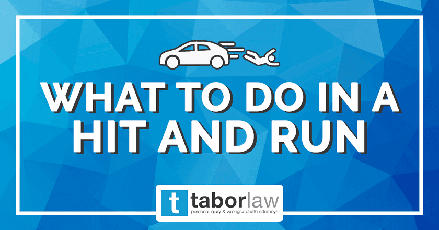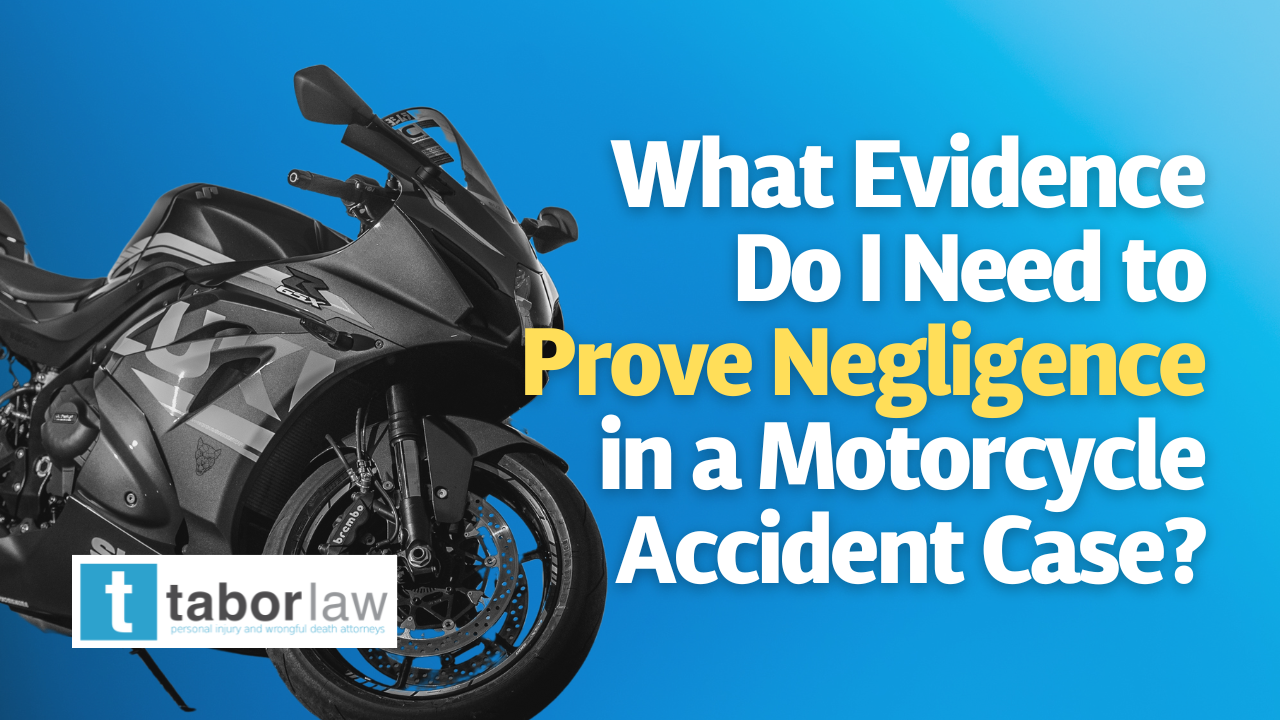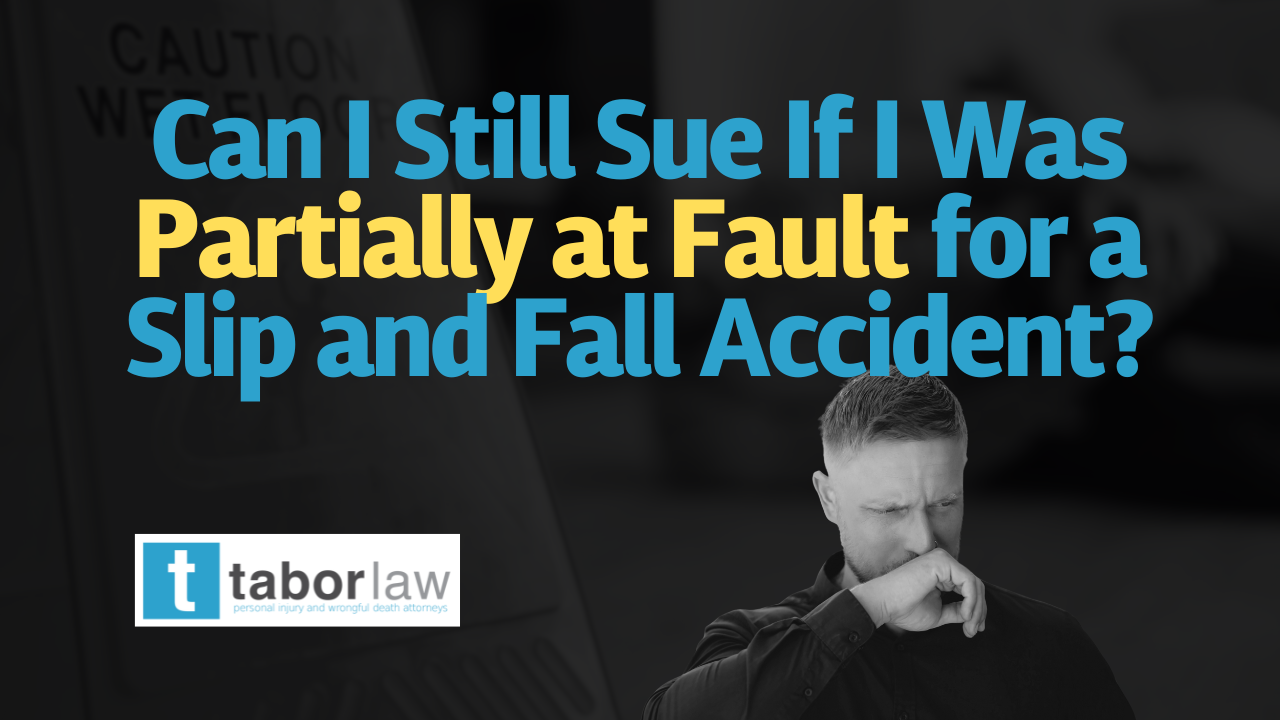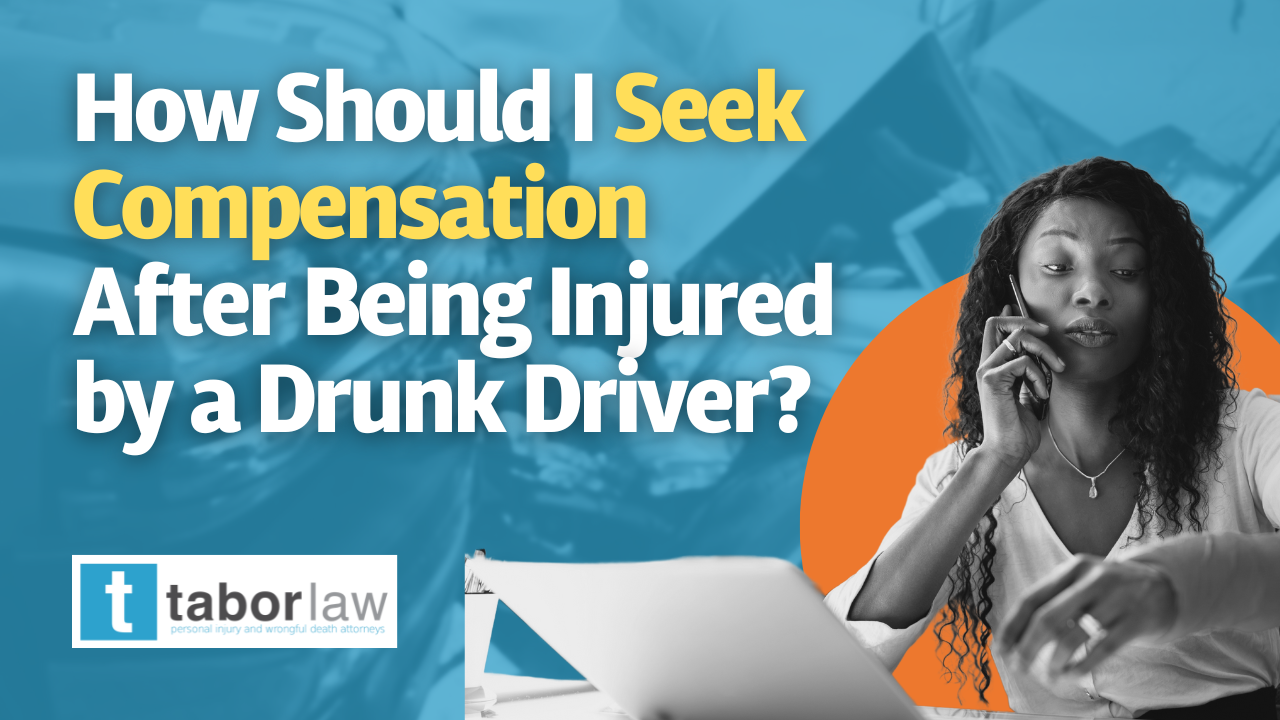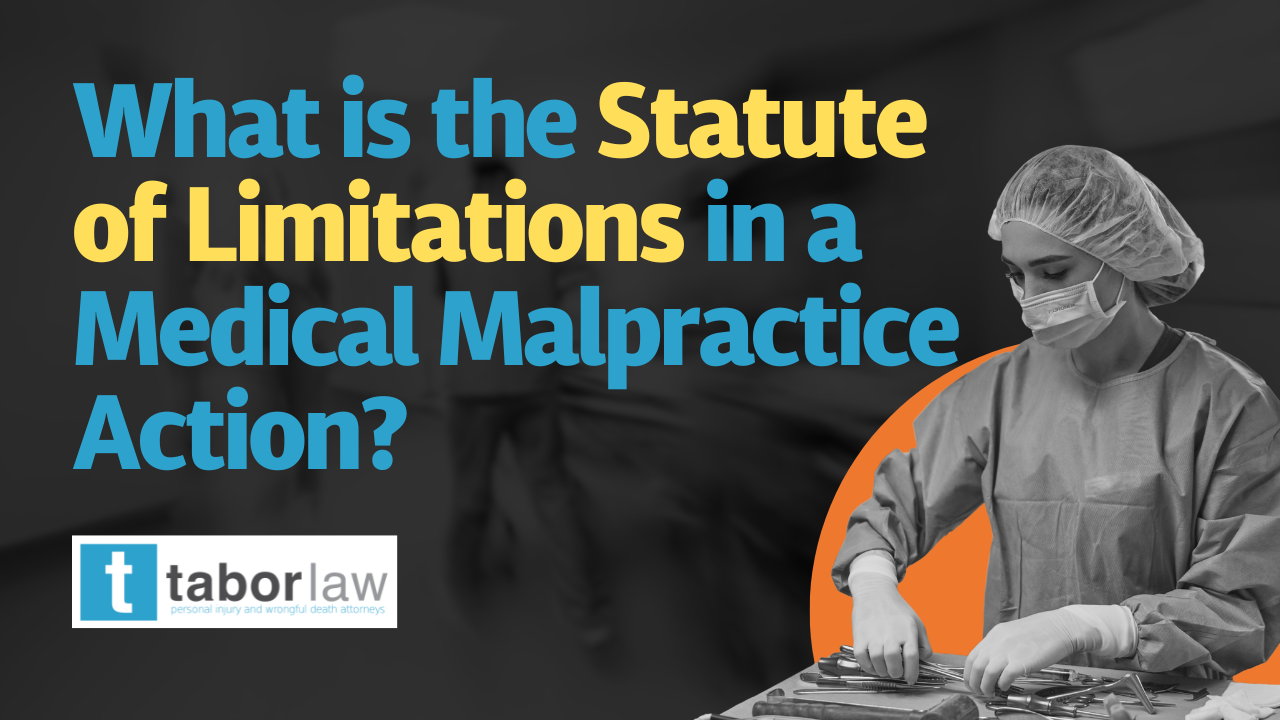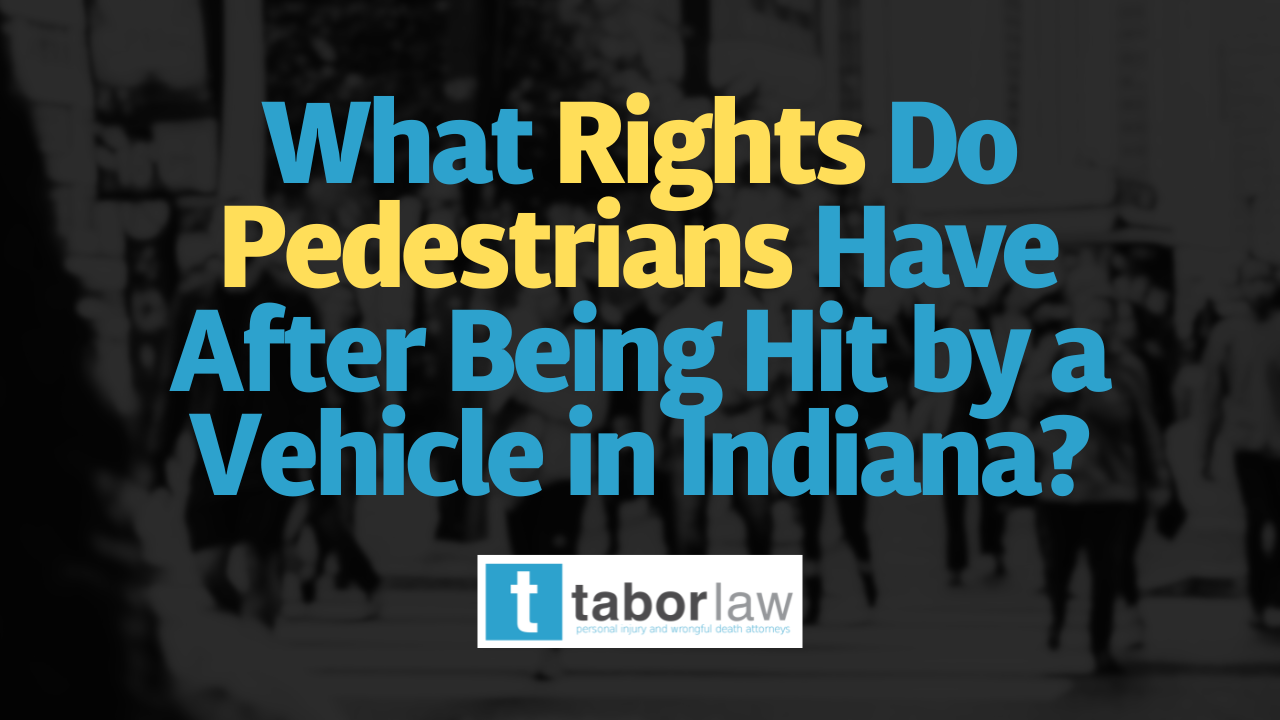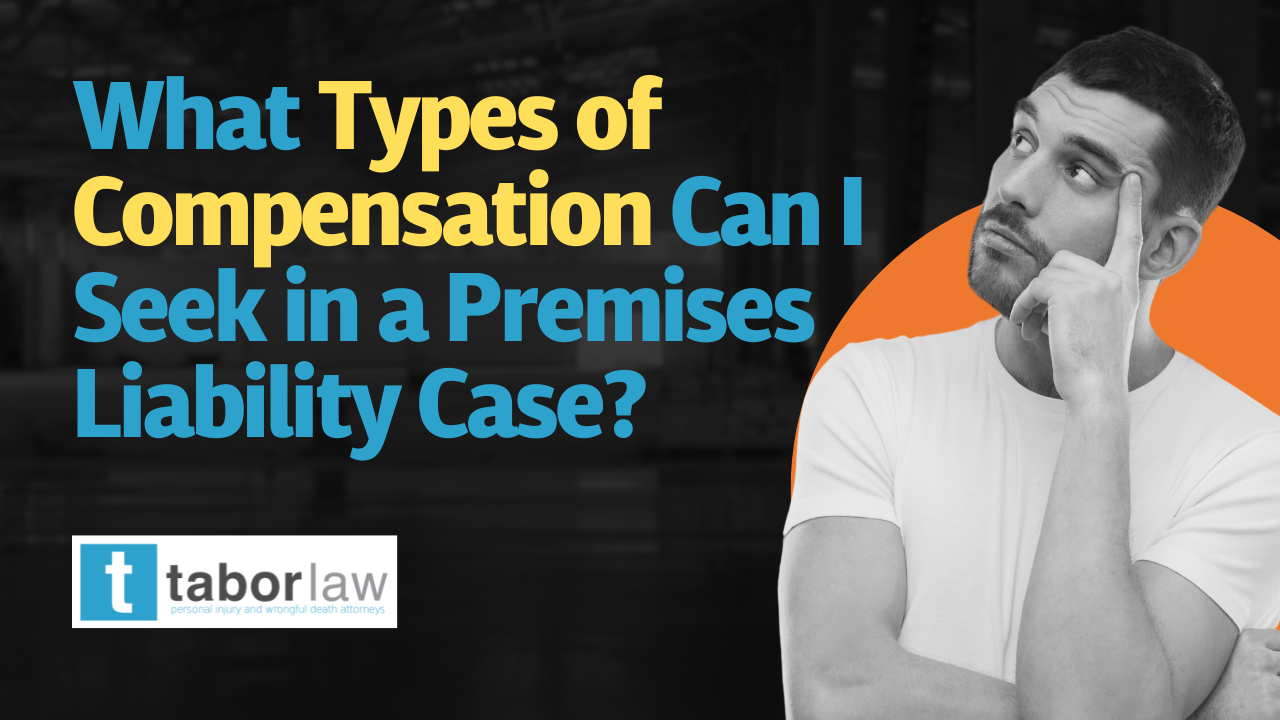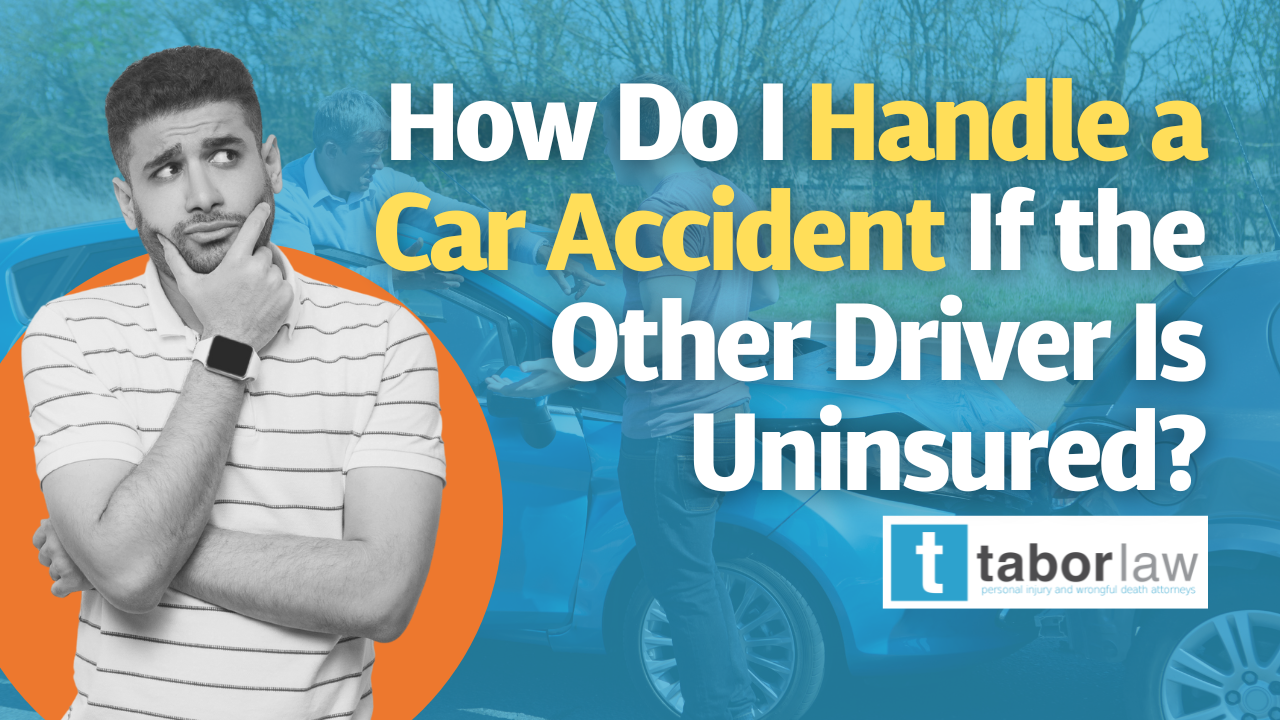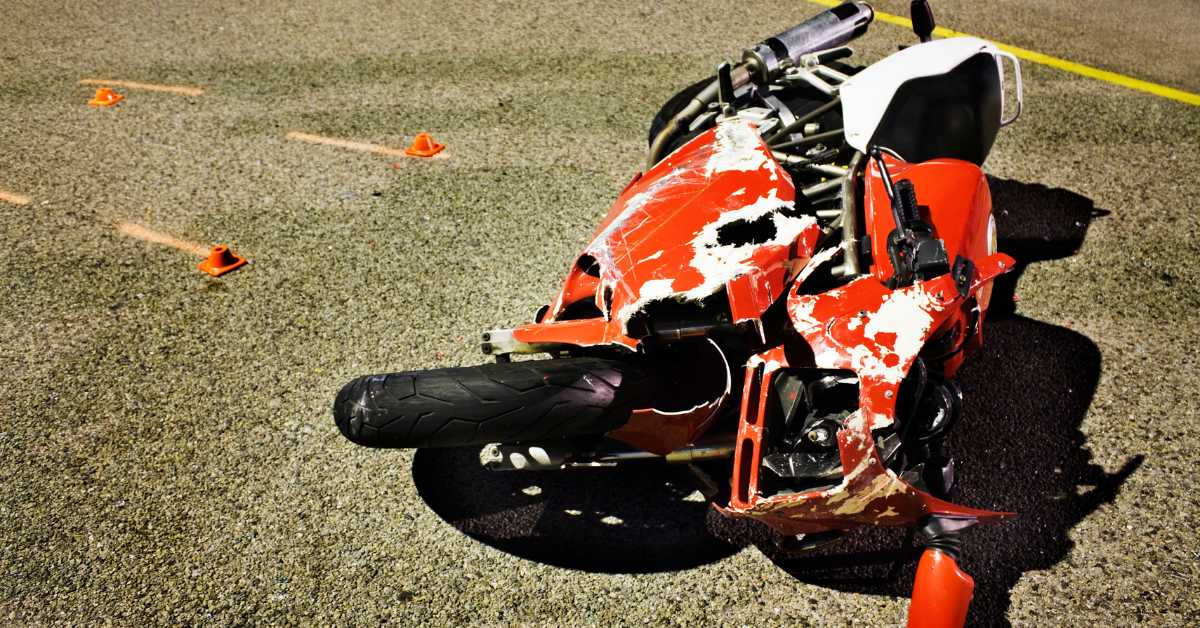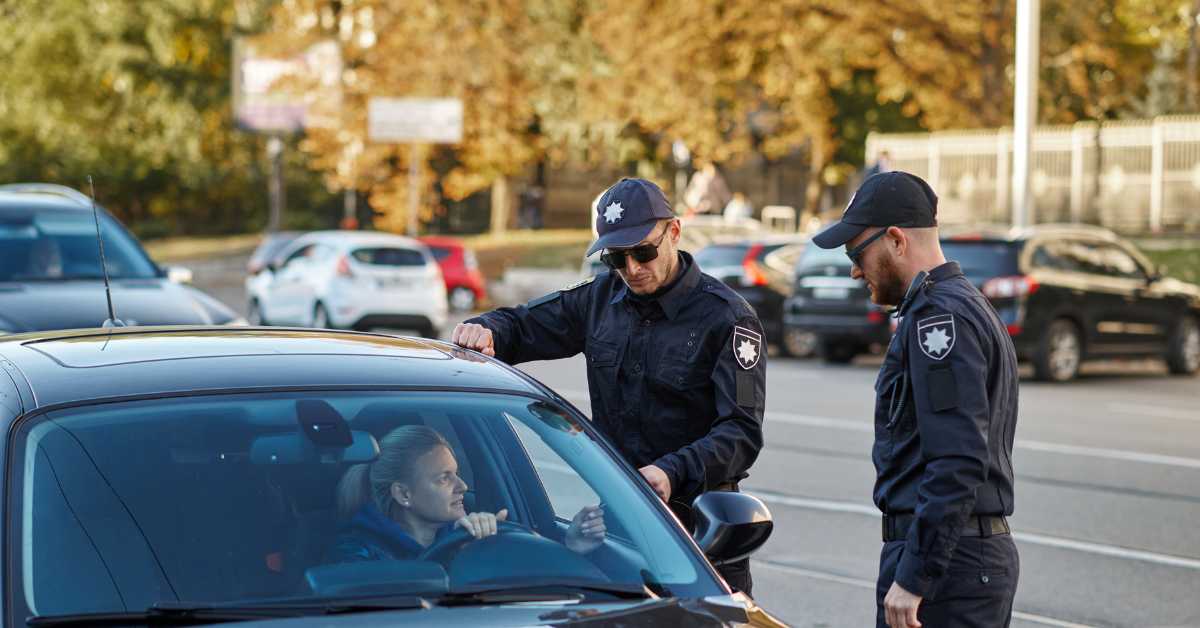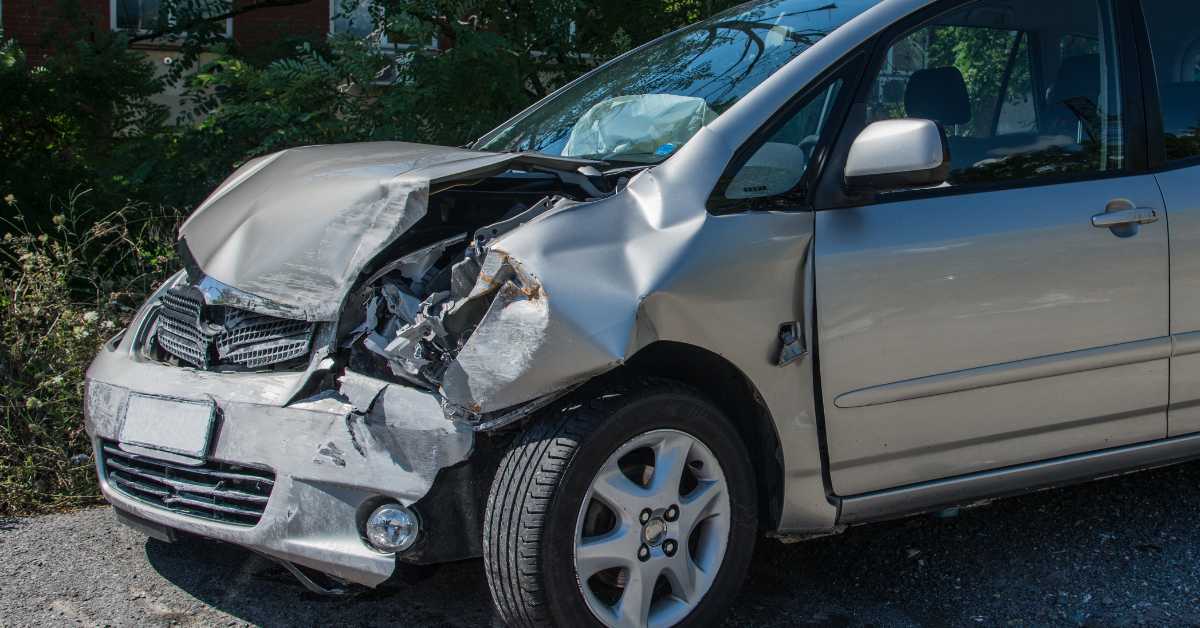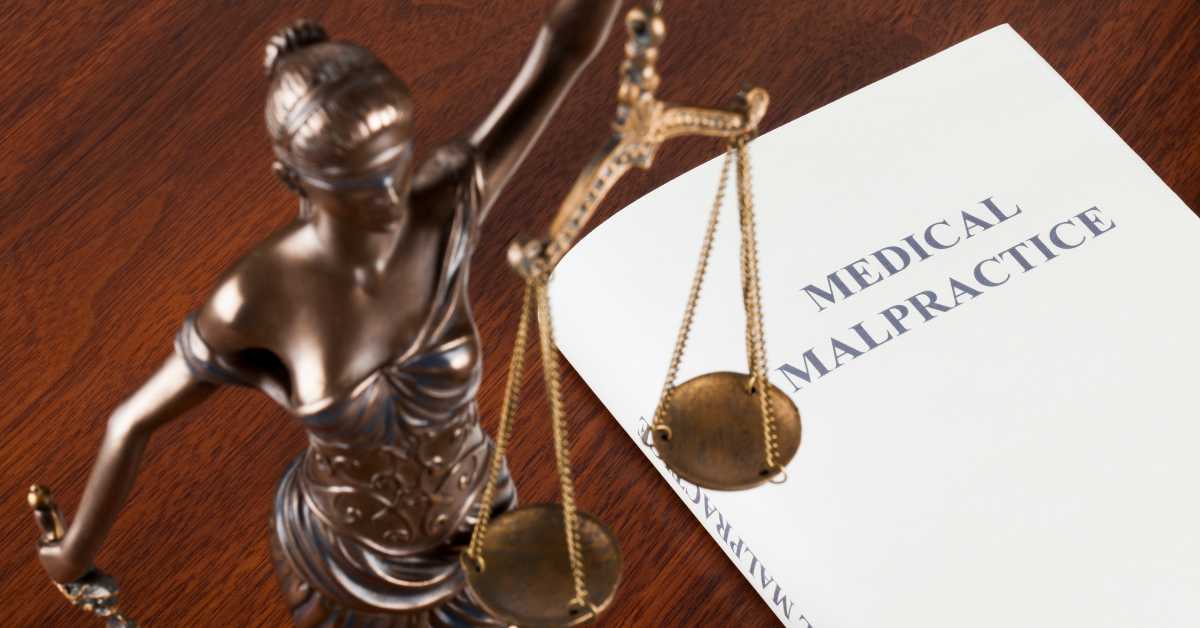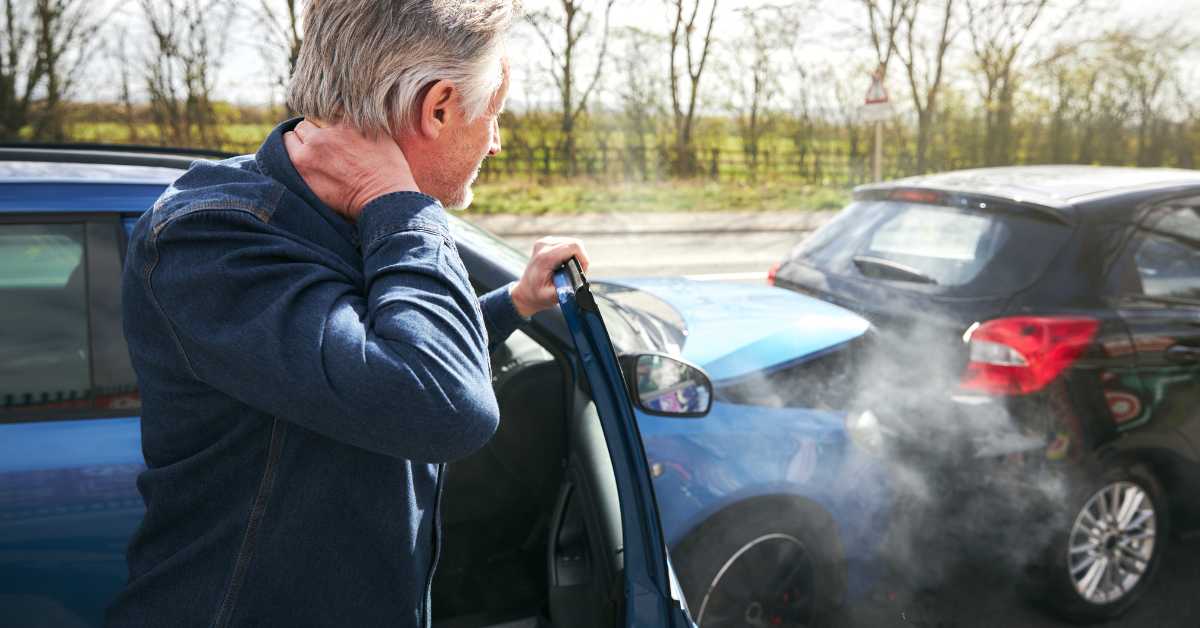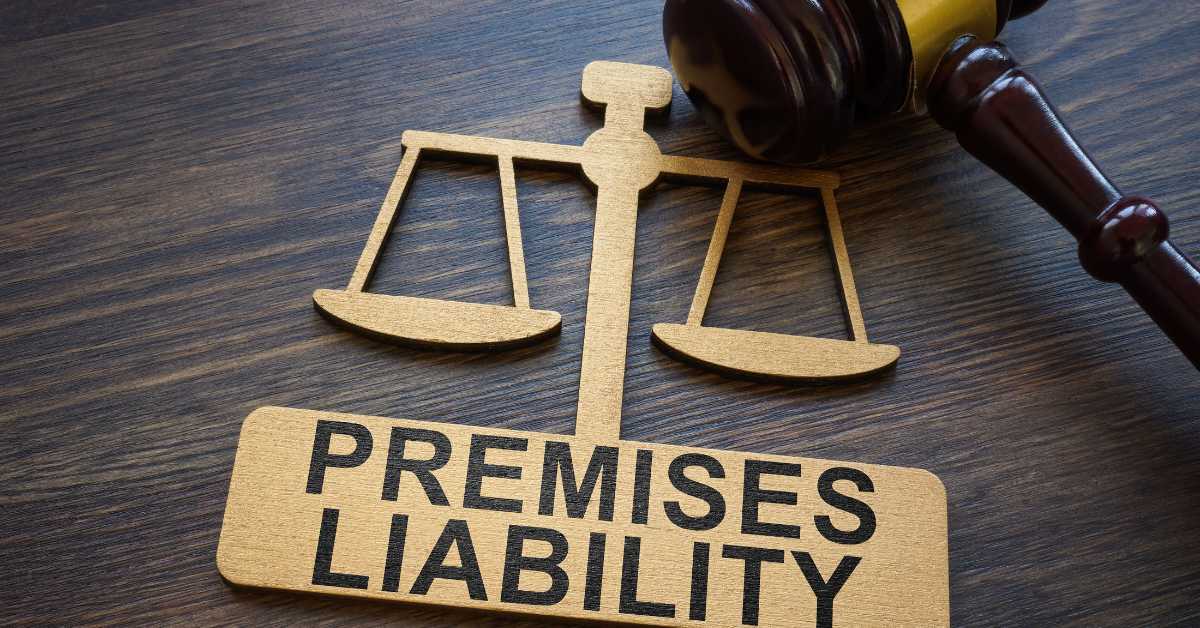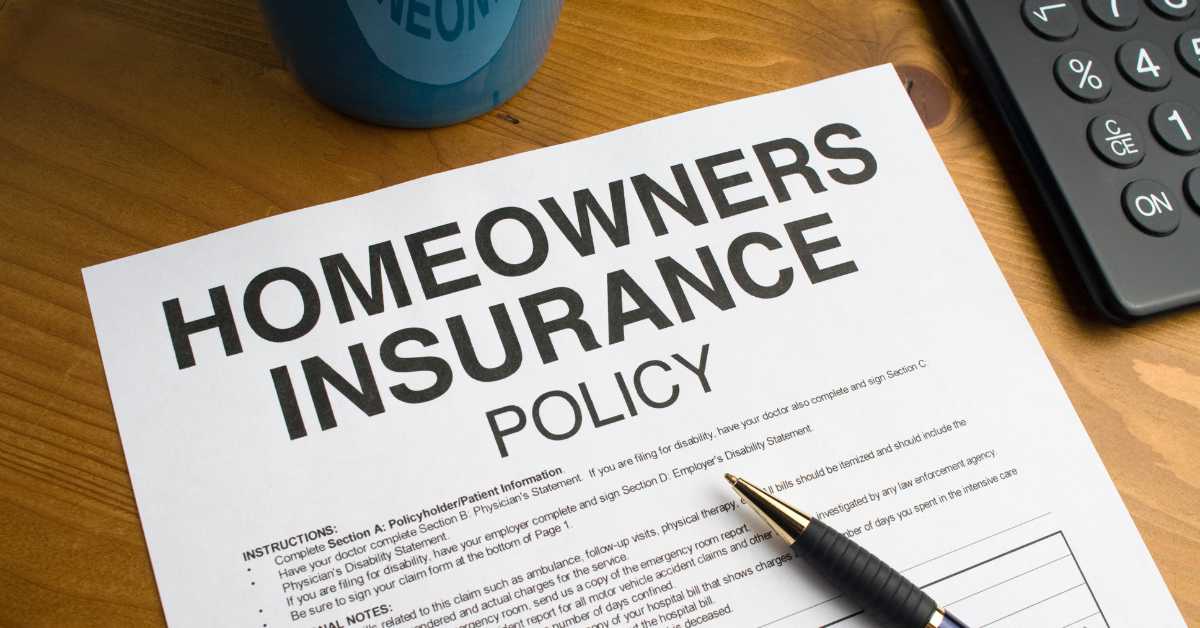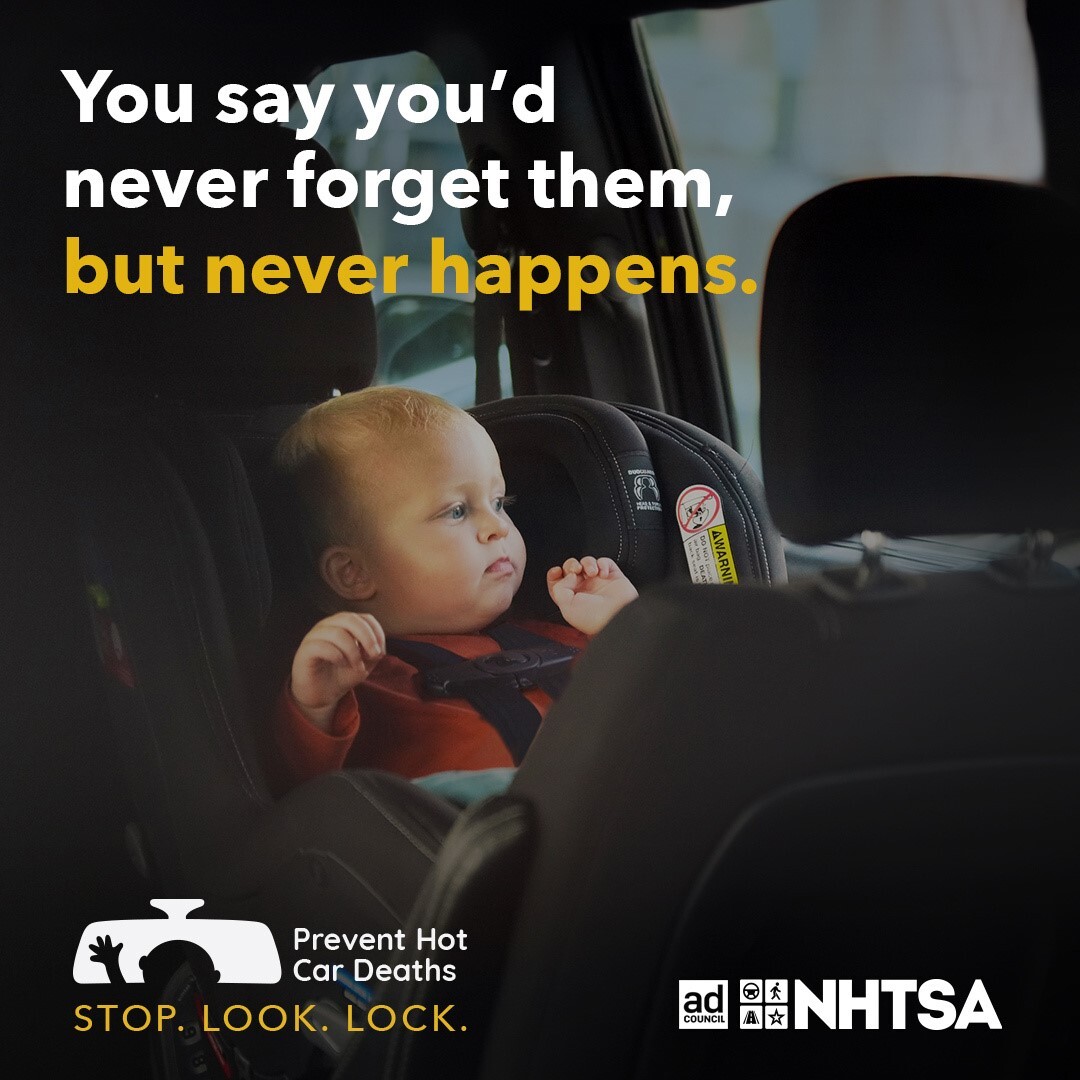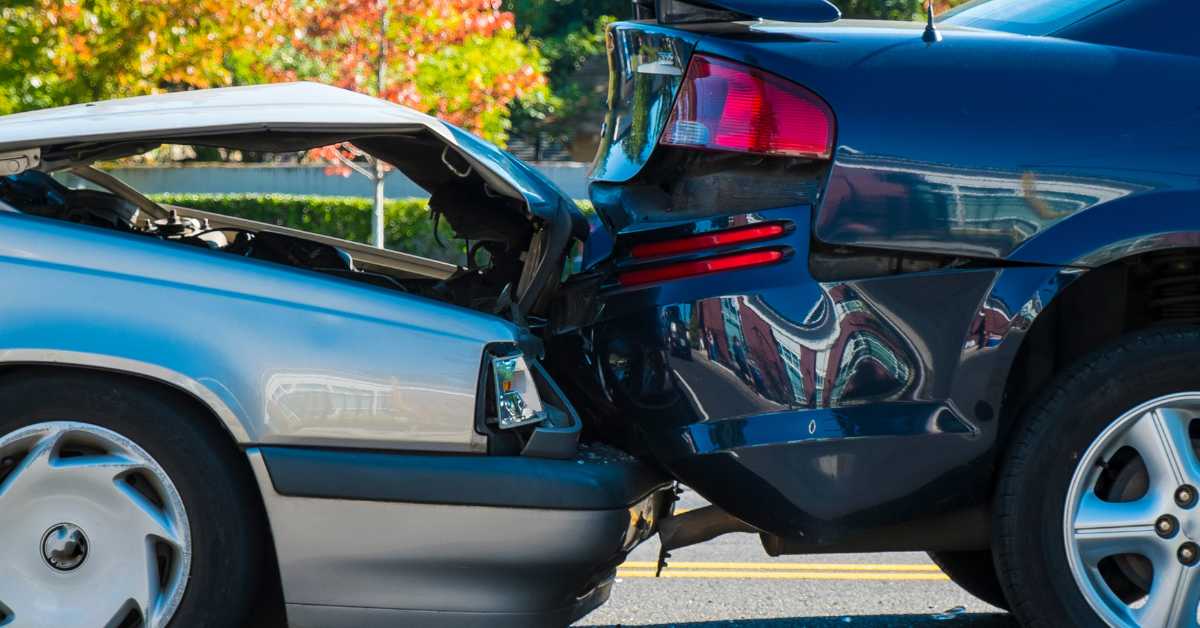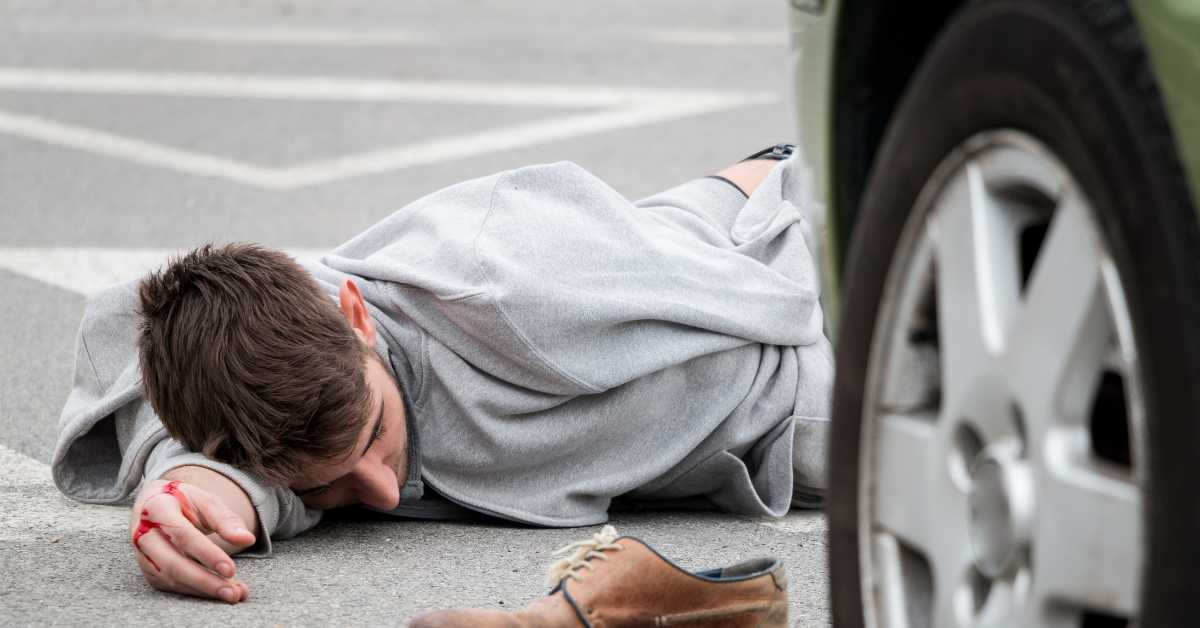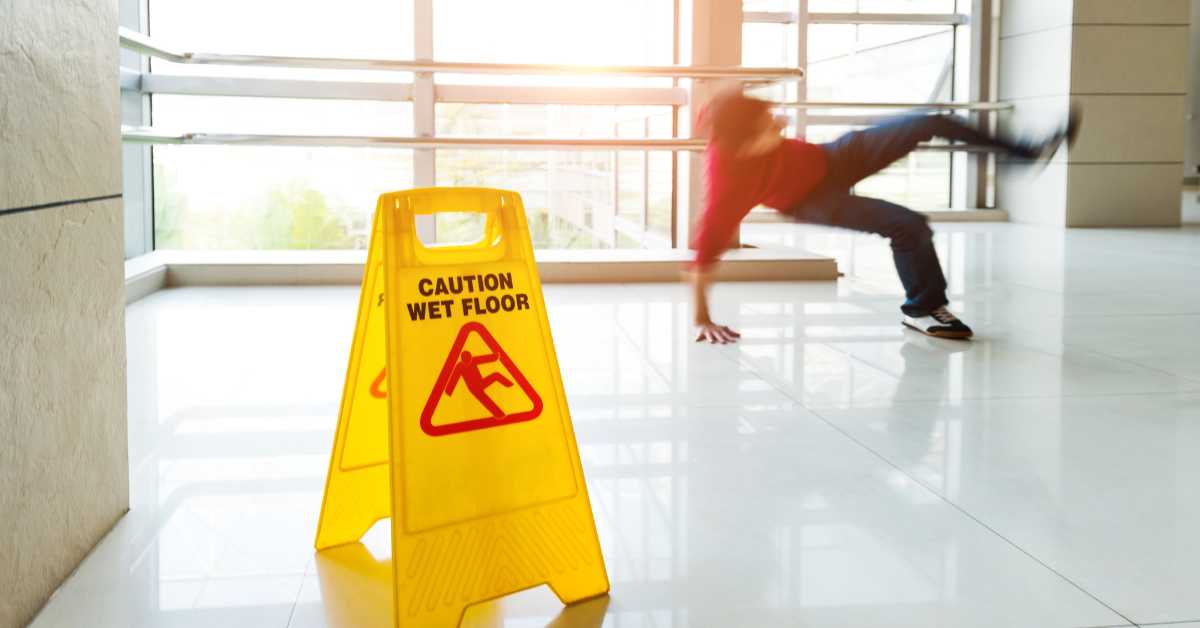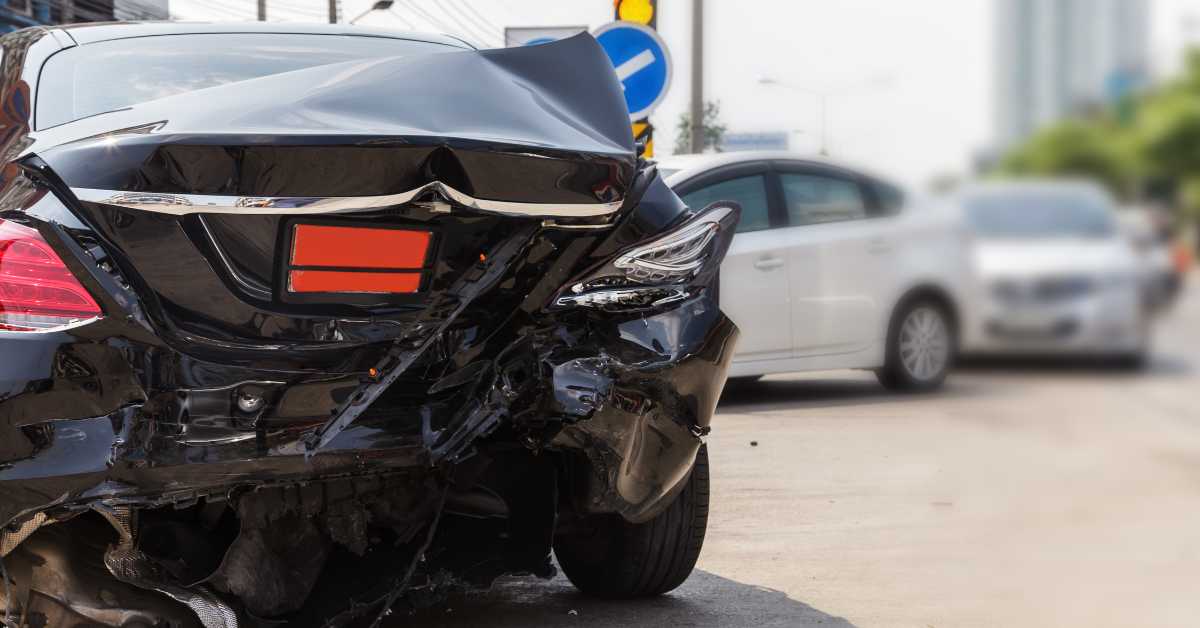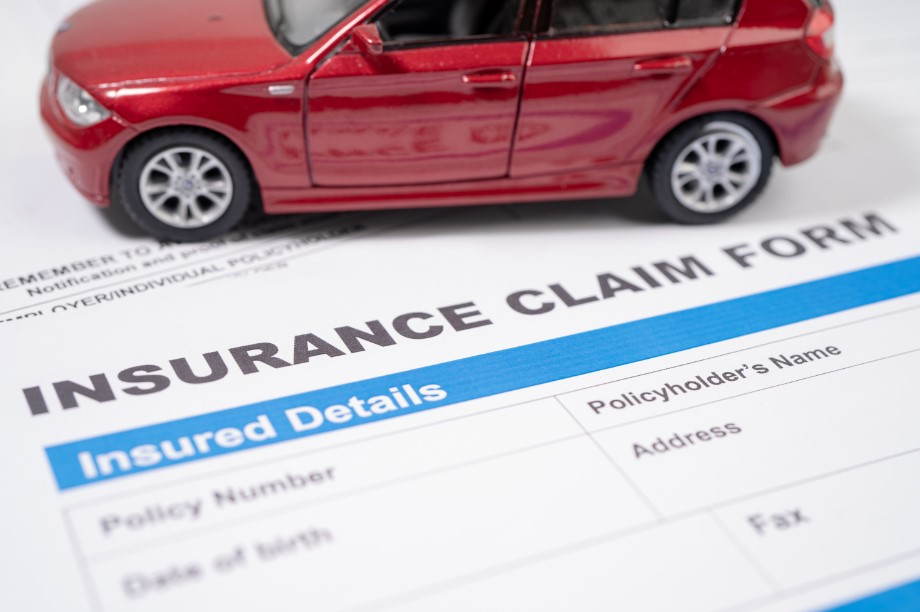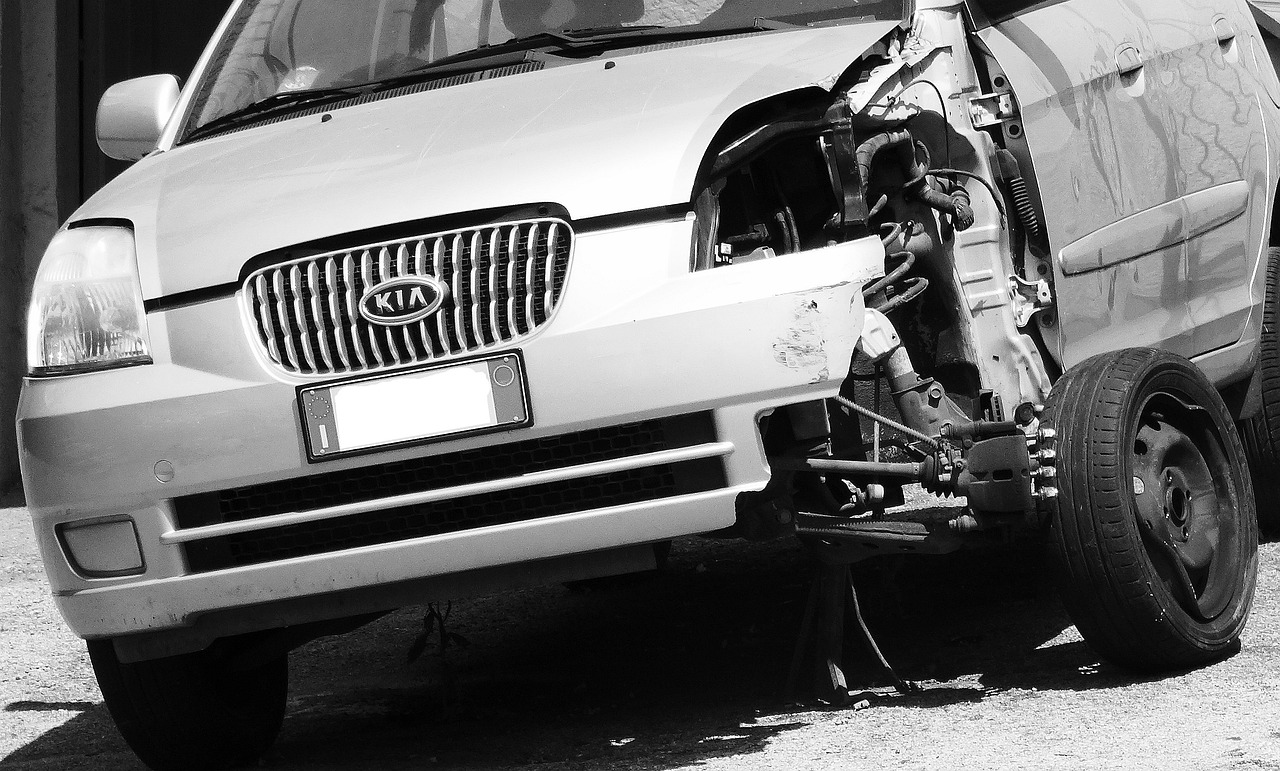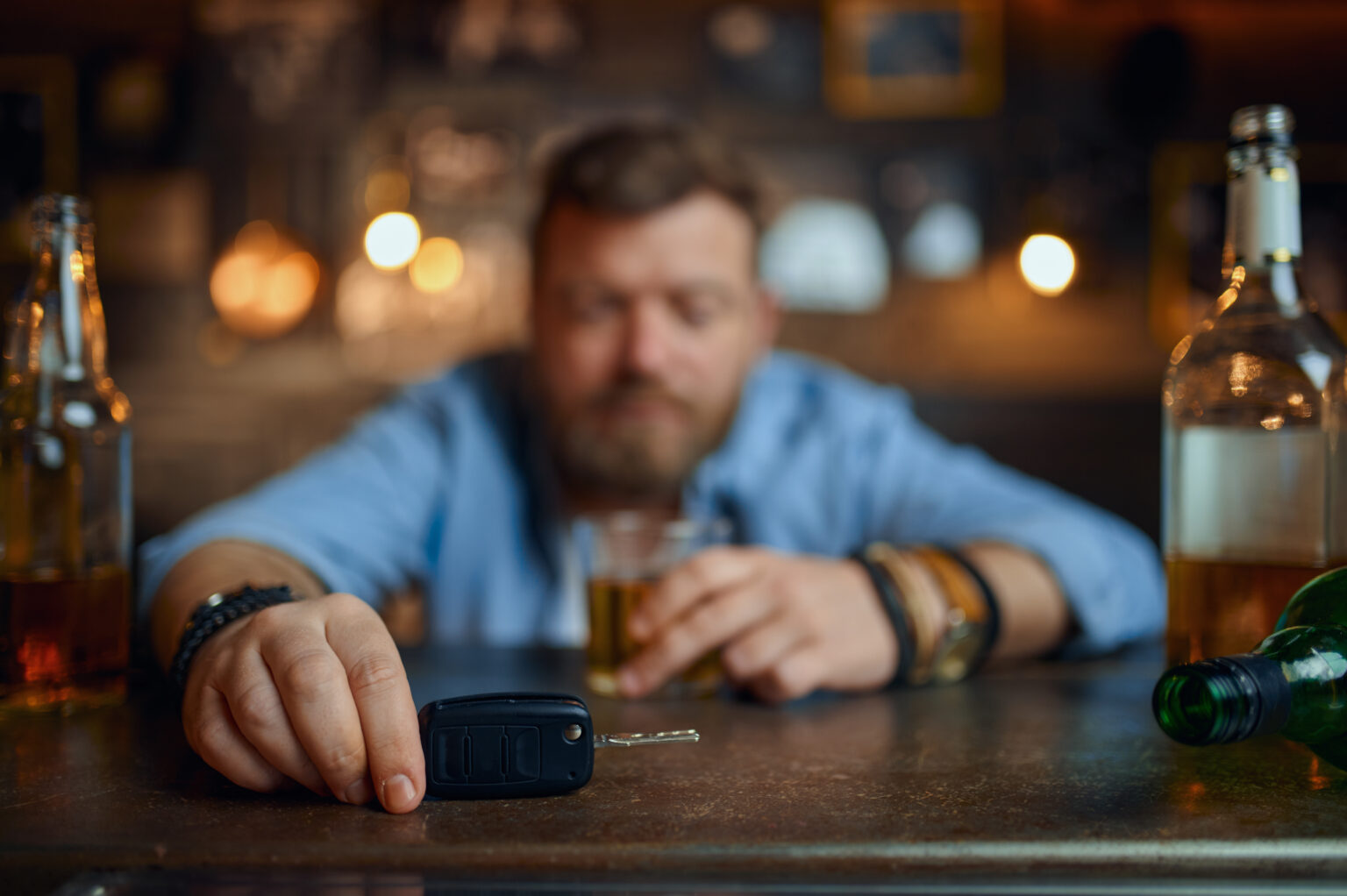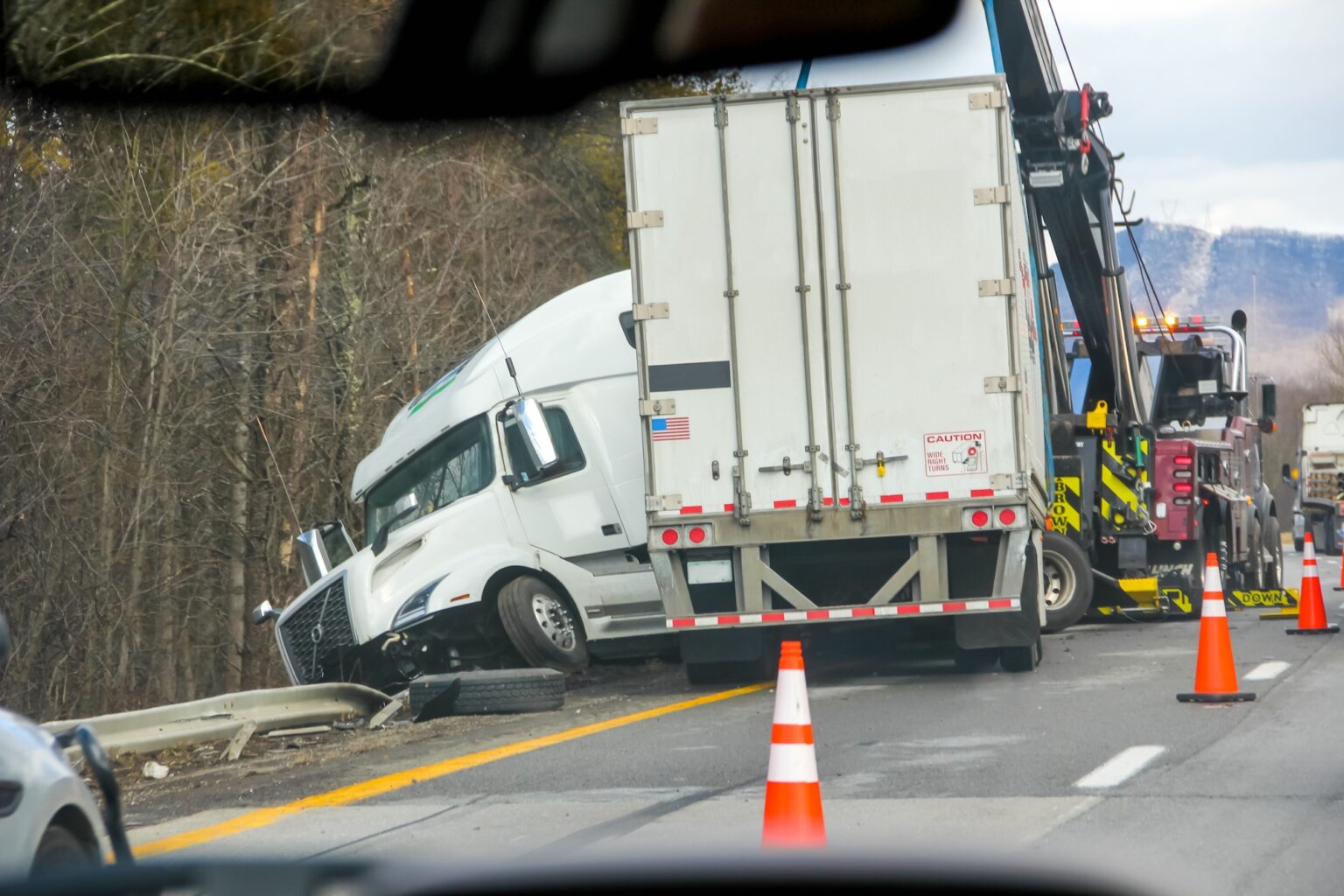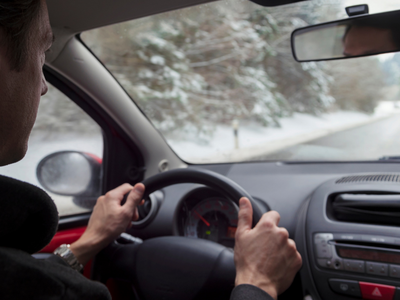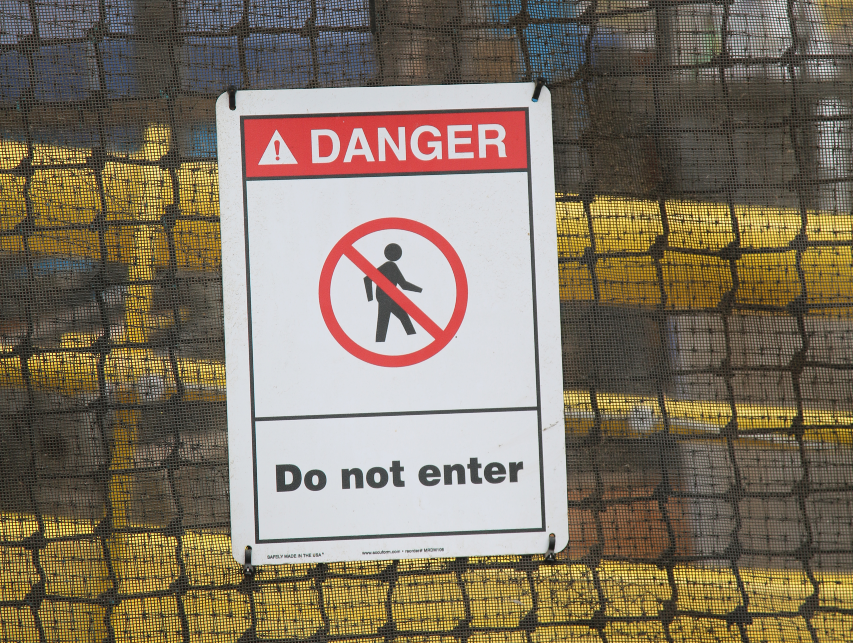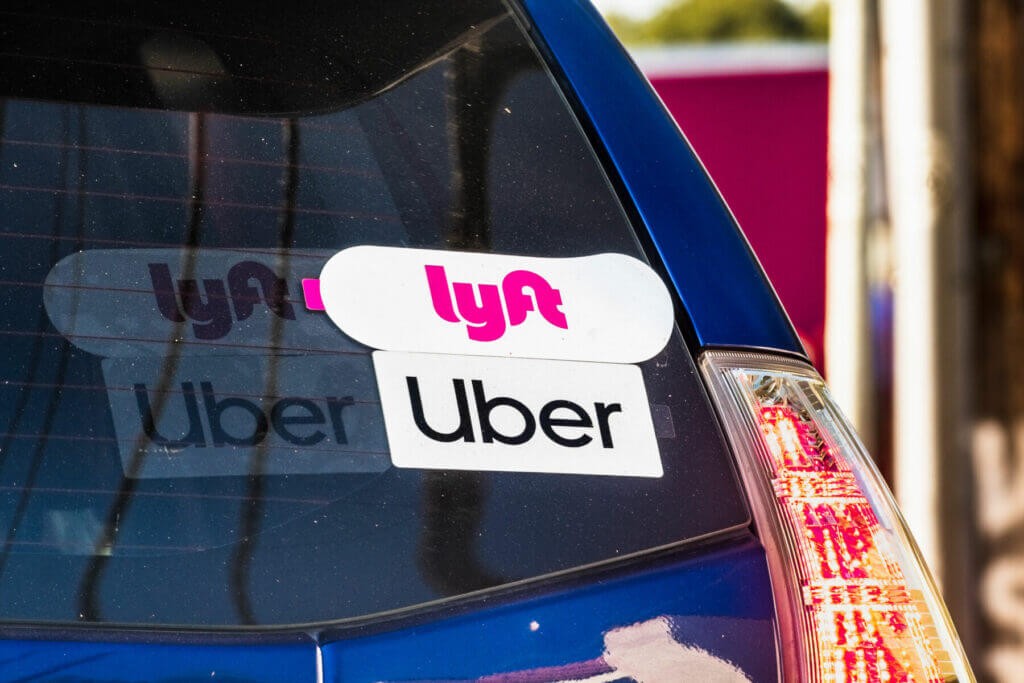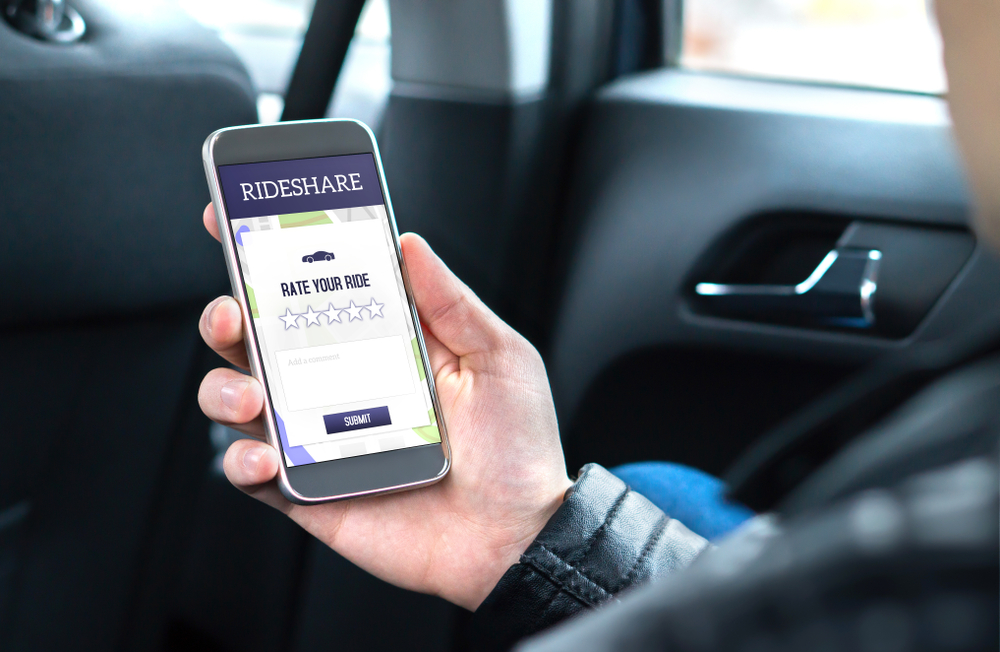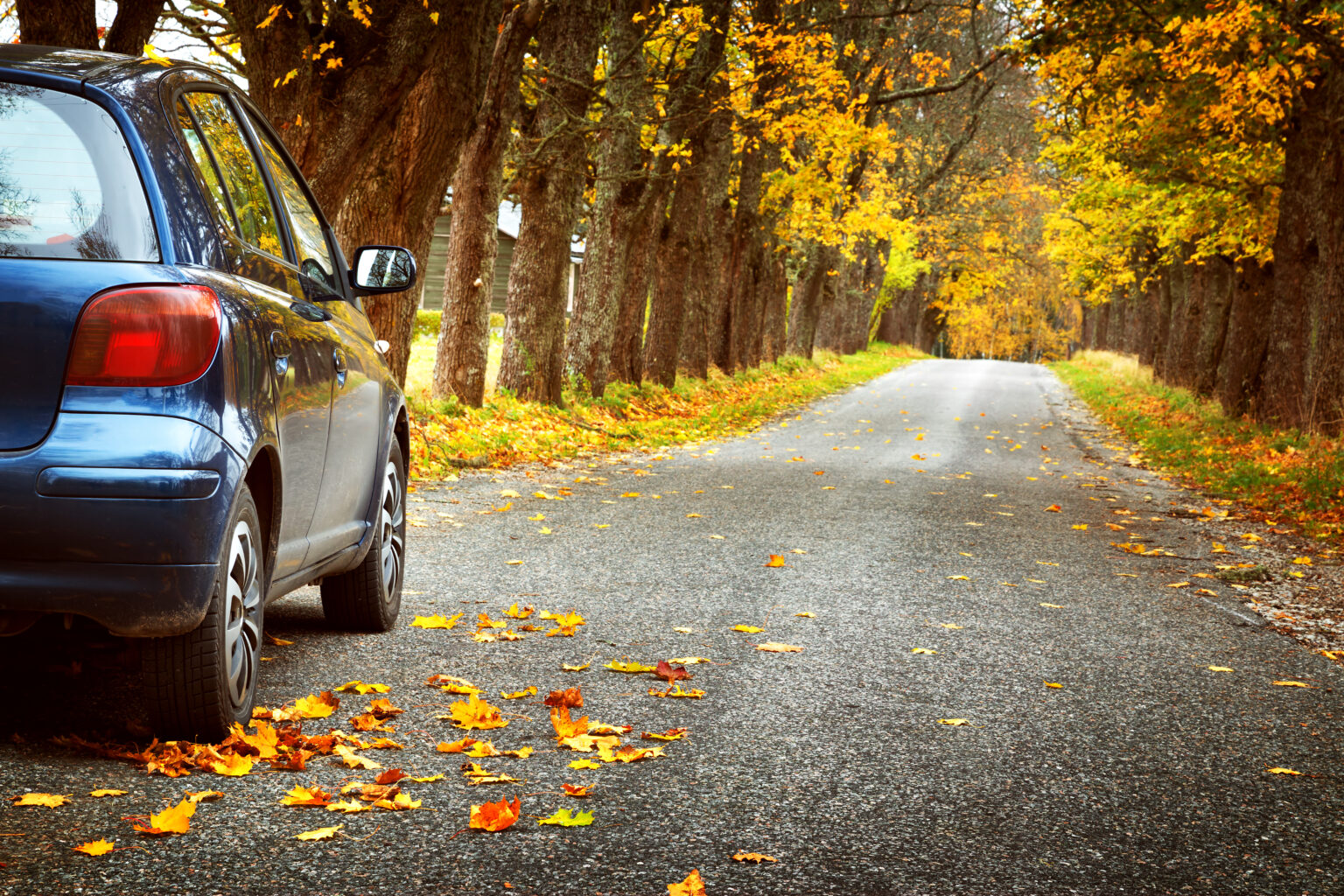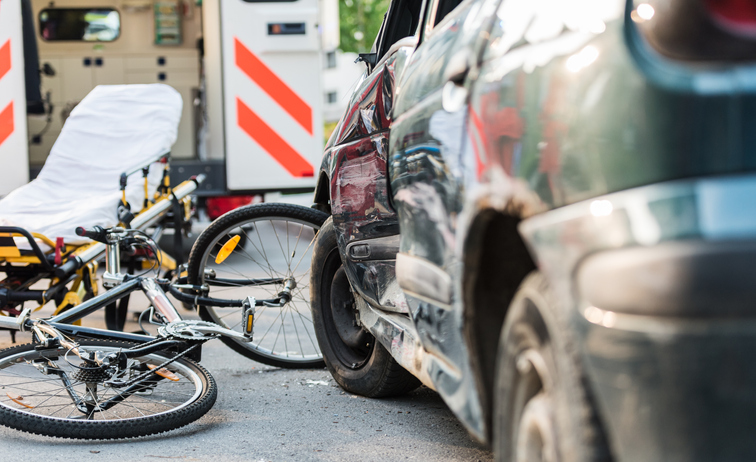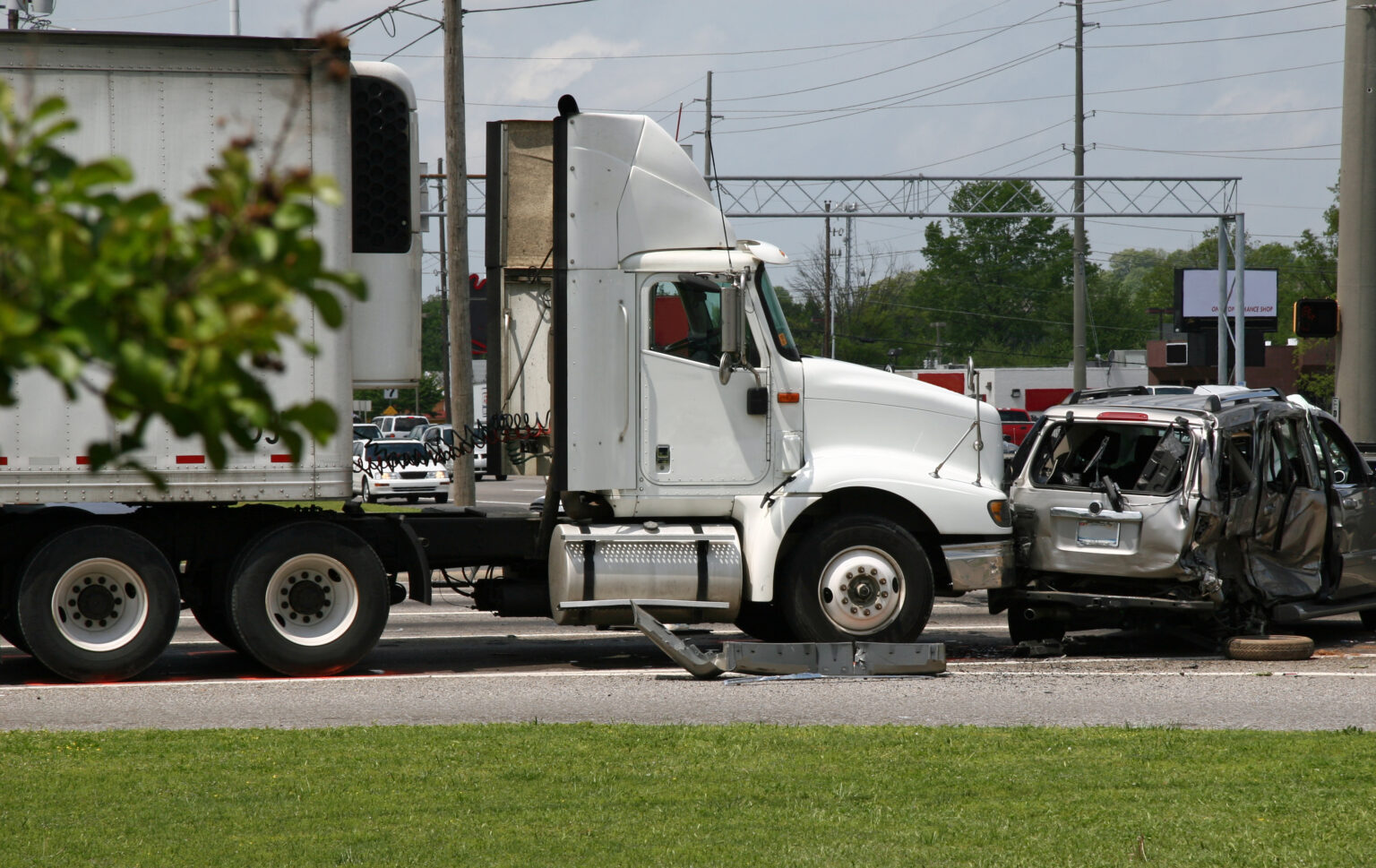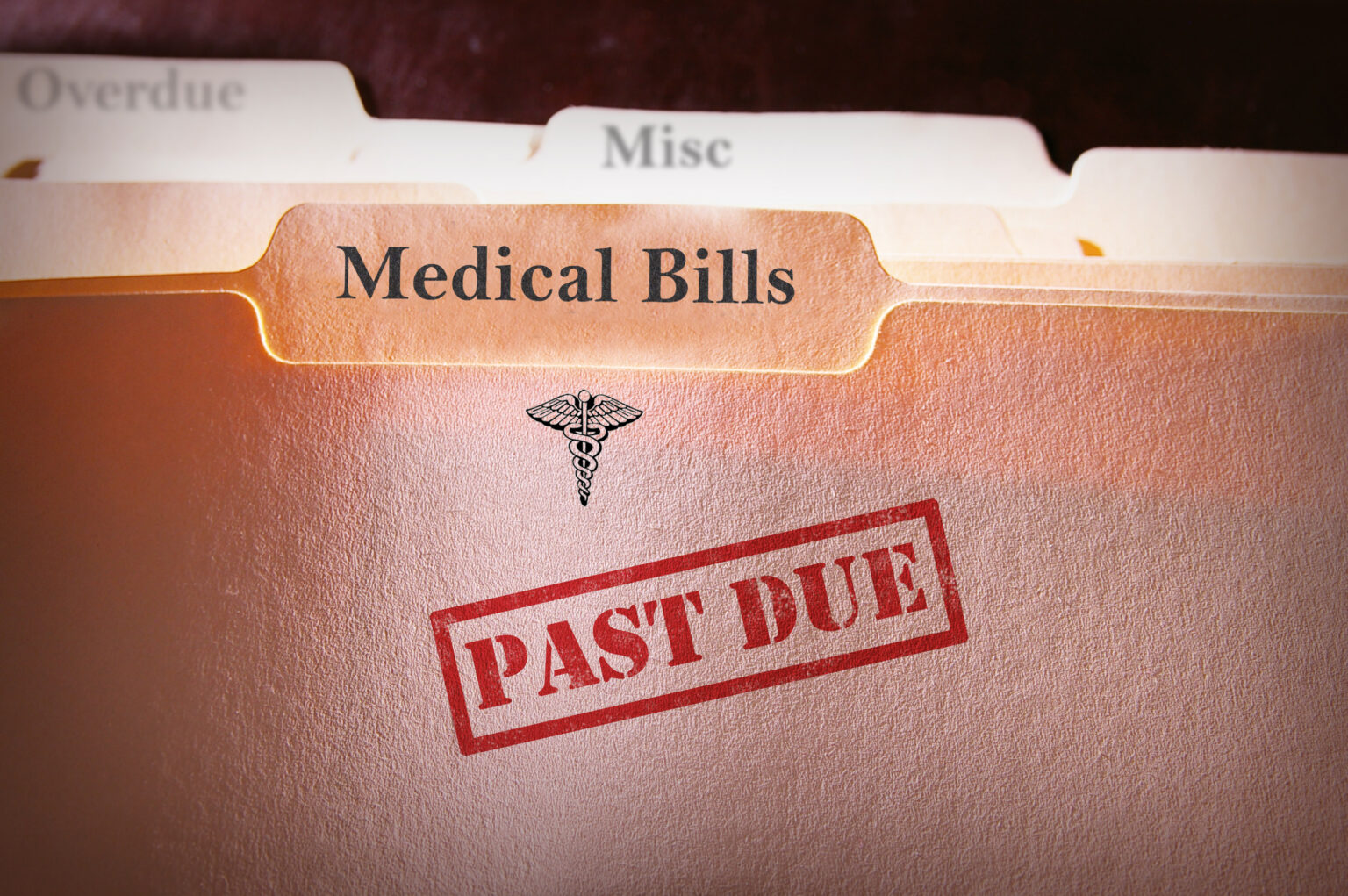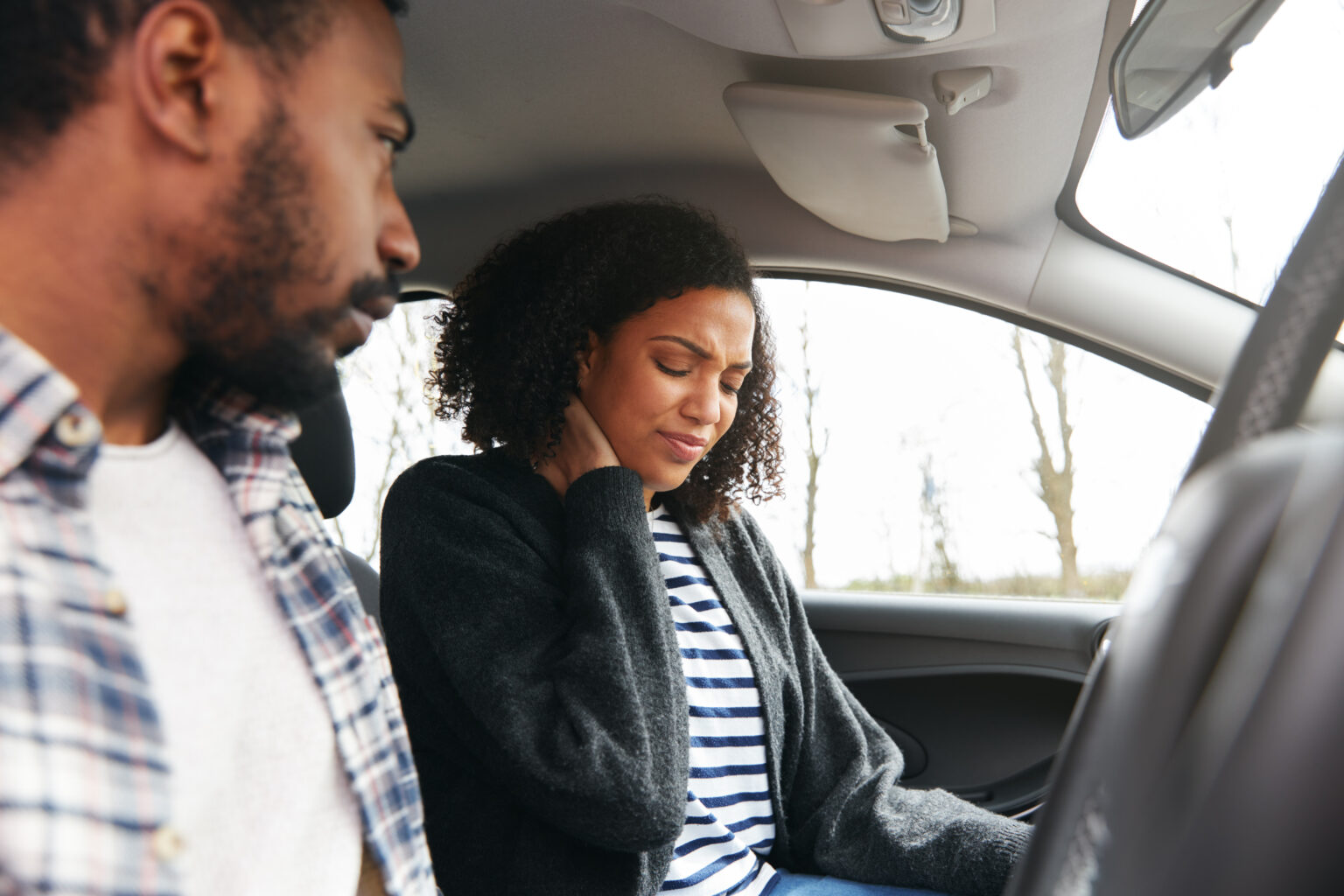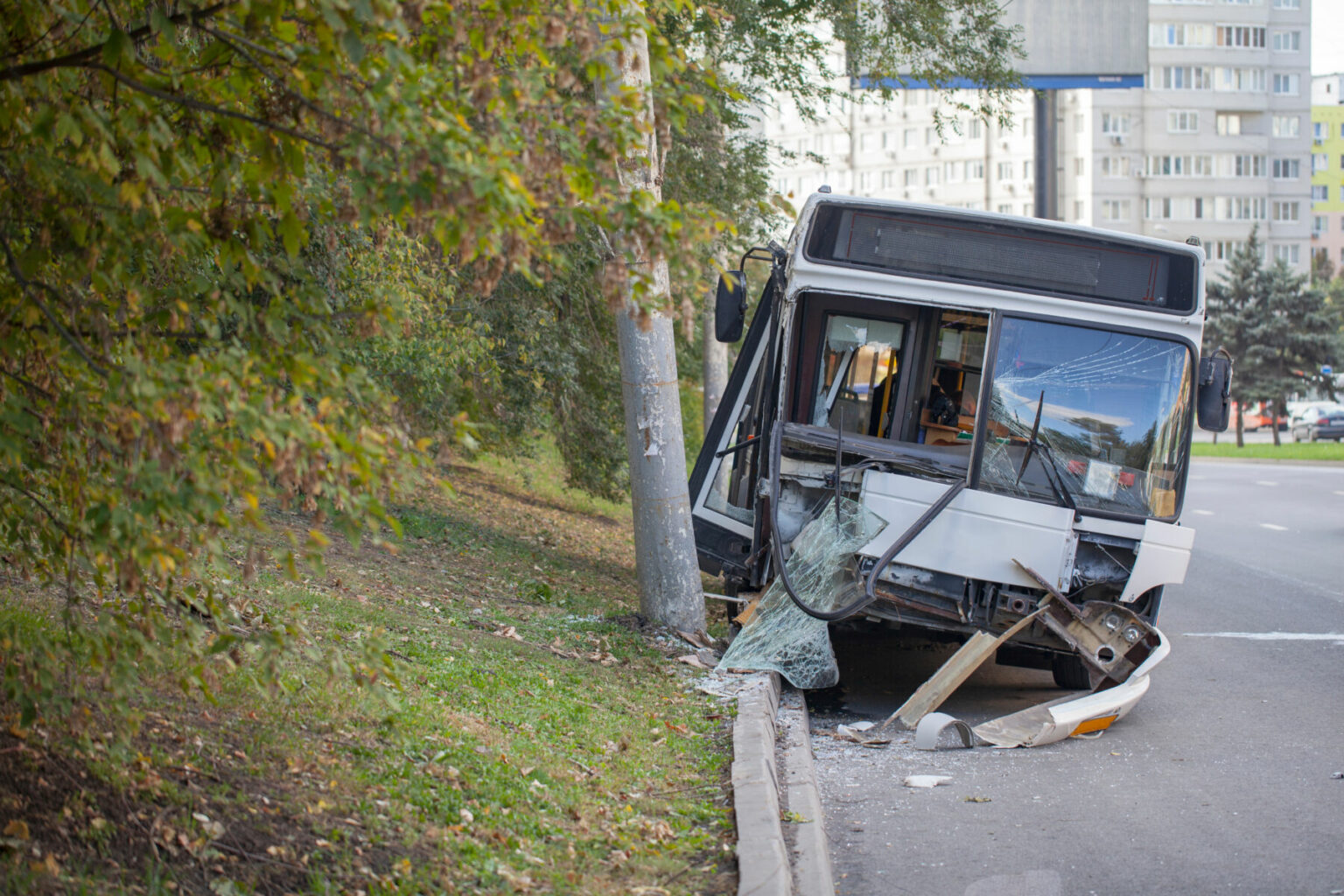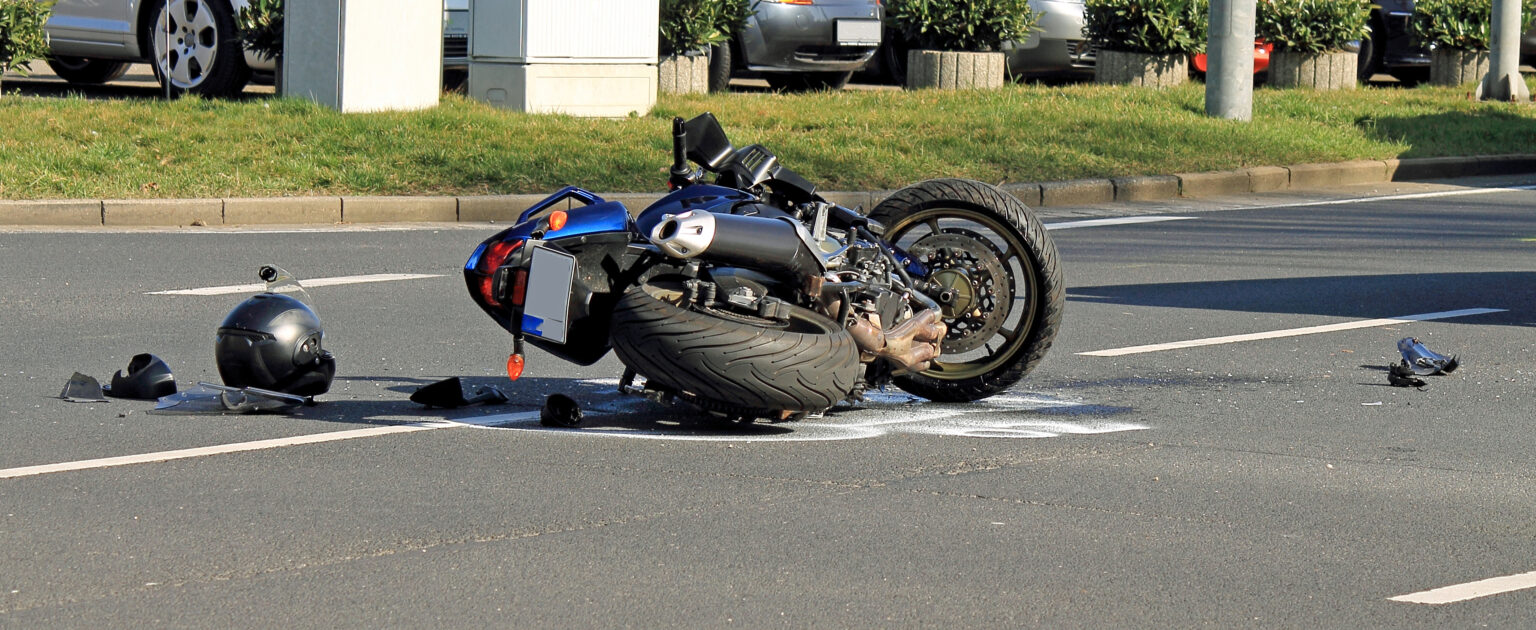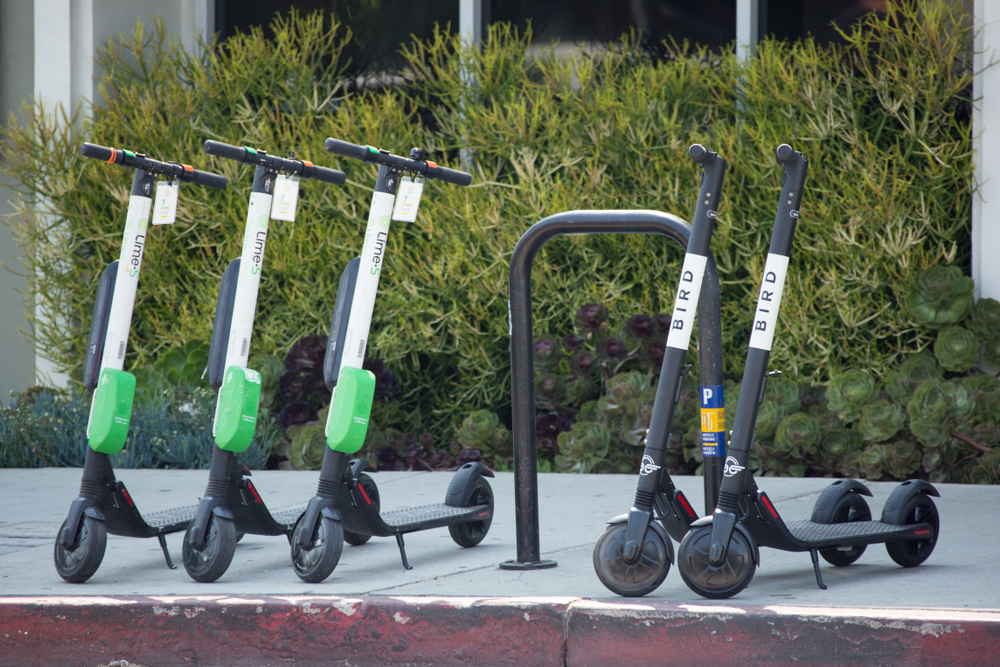You Snooze You Lose – Sleep Deprived Is No Way to Drive

Snooze behind the wheel, and you could lose not only your license, but
your life. Driving while fatigued is one of the lead causes of accidents
across the country. Drowsy driving causes as many as 1.2 million collisions
on average a year, which result in up to 8,000 fatalities. And drowsy
driving doesn’t just mean driving when you’re tired from a rough
night’s sleep. Drowsy driving can also be caused by sleep disorders,
medications, commercial (truck) drivers, or working the late shift.
The
AAA Foundation for Traffic Safety in 2015 reported that 1 in three people
admitted to driving when they were so tired that they had trouble keeping
their eyes open in the past 30 days, and that 1 in 10 people admit to
have fallen asleep behind the wheel in the past year. Scared yet?
Listen up-rolling down your window, turning up the radio or you AC, or
drinking a 24 ounce Monster energy drink is not enough to keep you awake
and alert. The main (and obvious) thing you can do to prevent causing
an accident due to drowsy driving is simply get enough sleep. If you didn’t
know, adults typically need 7-8 hours of sleep to be rested and ready
to hit the road; on average, American’s are getting closer to 6 hours
a night. And as
Today reports, drivers who miss only one to two hours of recommended sleep double
their risk for a crash.
Do your part to help keep our roads safe while not driving while fatigued.
Unfortunately, you can do everything you can to stay safe on the road,
but you can’t control other drivers behind the wheel. Stay alert,
and be aware of those around you. As much as we may try and do to prevent
drowsy driving crashes, they’re going to occur. If you or a loved
one have been seriously injured or tragically killed as a result of a
drowsy driver,
contact Tabor Law Firm today for your free consultation. Our personal injury and wrongful death
attorneys have decades of experience, and are here to help, any time-
day or night.
Categories:
Related Blog

How Can Birth Injuries Be Prevented and What Are My Rights If My Child Is Injured?

Roy T. Tabor of Tabor Law Firm Recognized in The Best Lawyers in America 2025 Edition

Pedestrian Safety in Downtown Indianapolis Has Become a Hot Topic. What Can You Do to Protect Yourself?

Bicycle Accidents are on the Rise in Indiana. What Can You Do to Prevent a Bicycle Accident?

Understanding the Causes of Motorcycle Accidents in Indianapolis: An Analysis of Recent Data
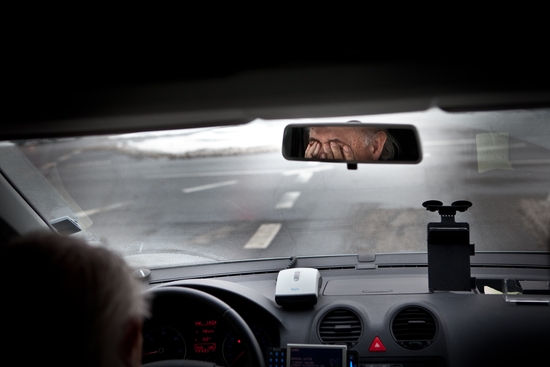
Indianapolis Drunk Driving Accidents and How to Handle them with a Personal Injury Attorney

Two Mothers & Two 12-year-old Daughters Killed in Crash While Headed to Volleyball Tournament
